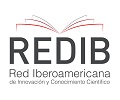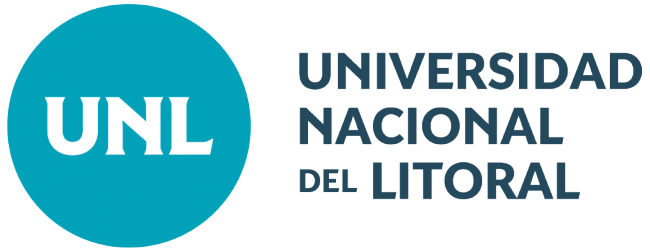EVALUACIÓN PRELIMINAR DEL USO DE ÁCIDO CLORHÍDRICO 19% EN LA TÉCNICA DE DIGESTIÓN ARTIFICIAL PARA EL DIAGNÓSTICO DE TRICHINELLA SPIRALIS (TRICHOCEPHALIDA: TRICHINELLIDAE) EN CARNE PORCINA
Keywords:
Trichinella spiralis, diagnostic, pork, artificial digestion, hydrochloric acidAbstract
The use of a commercial formulation of hydrochloric acid (HCl) 19% instead of fuming 37% HCl recommended for the diagnosis of Trichinella spiralis muscle larvae (ML) in pork meat through artificial diagnostic (AD) technique, was evaluated. The first step was to determine the volume of 19% HCl / 100 ml of digestive fluid to reach a sustainable pH of 1.5-2 throughout 45 minutes at 44°C. After that, the capacity of pepsin (1: 10,000NF) involving both HCl concentrations to digest diaphragm pork samples (sows, n= 10 and capon, n= 10) through AD was also established. Finally, the number and viability of ML were determined in sow diaphragm samples (n= 5) experimentally contaminated with encysted ML of the parasite. The 19% HCl needed to be added at a proportion of 1.7% to allow digestive fluid to reach the proper pH level through the complete laboratory process. The weight of muscle samples before and after laboratory process, shown a digestion upper to 95% without difference between both HCl employed (H= 0.58; p= 0.9). No differences were recorded between both HCl formulations in the number and viability of ML recovered after the digestion of samples experimentally contaminated (H= 0.58; p= 0.9). Preliminary results suggest that fuming 37% HCl could be replaced by a commercially available formulation (19% HCl) in the DA for the diagnosis of T. spiralis in pork meat.
Downloads
Published
How to Cite
Issue
Section
License
FAVE Sección Ciencias Veterinarias ratifies the open access model, in which contents (in full) are available free to anyone in the internet. The costs of production and publication are not transfered to the authors. This policy intends to break social and economical barriers that generate inequities in the access to information, and for the publication of research results.
All articles can be accessed at http://bibliotecavirtual.unl.edu.ar/publicaciones/index.php/FAVEveterinaria/issue/current/, under license Creative CommonsAtribución-NoComercial-Compartir Igual 4.0 Internacional.










